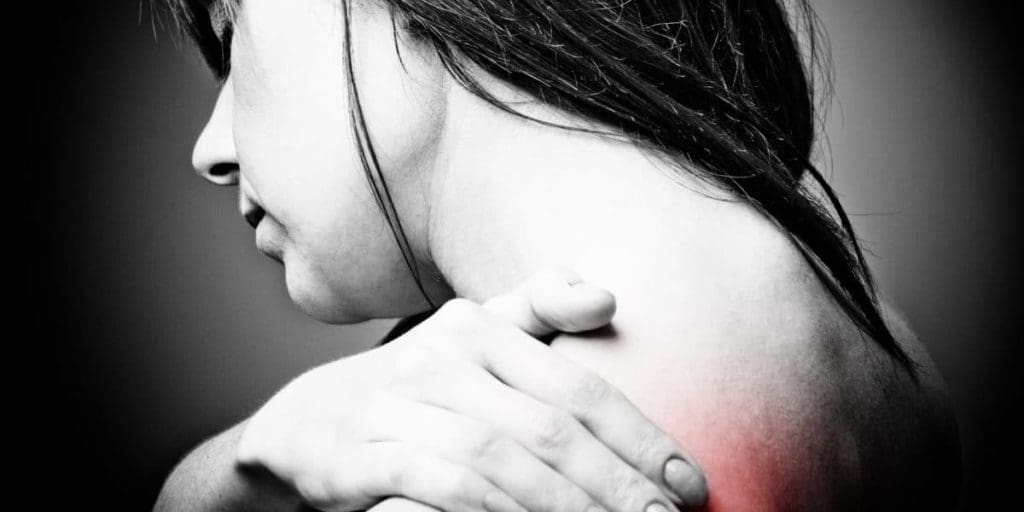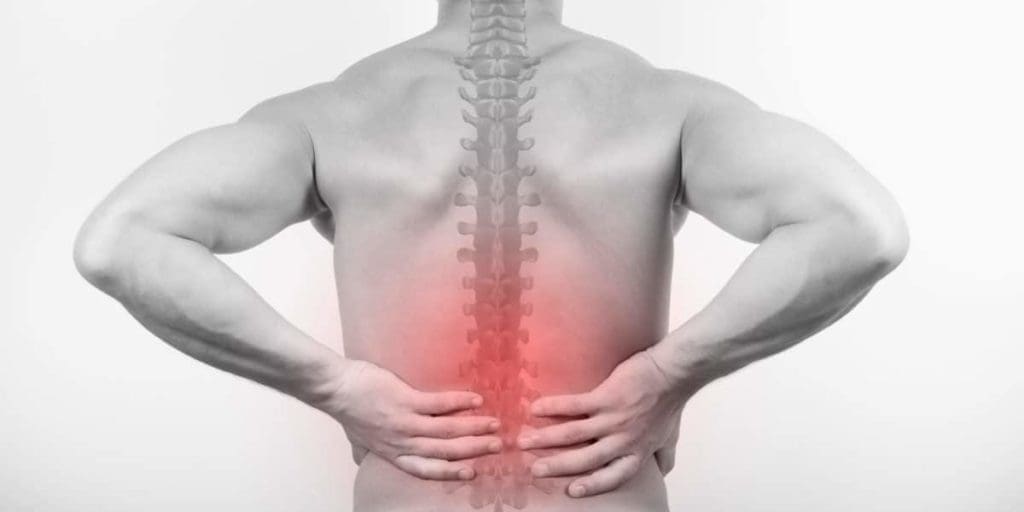September is Pain Awareness Month, a time to raise awareness of chronic pain and common management practices. It’s also a time for those of us who live with it to illustrate what life is like with chronic pain day-in and day-out and to share what life is like for our loved ones as they help us manage our journey.
It can be challenging to convince those who do not battle pain of the sheer number of emotional and physical obstacles associated with it. As someone who faces obstacles every day, here are 10 things we’d like you to know.
#1 – Unless you live with chronic pain, you can’t relate.
I live with pain due to a herniated L5 and degenerative disc disease. At the pinnacle of my pain, friends and family often reached out to offer support and they all inevitably said the same thing: “I understand how you feel.” Of course this was well-intentioned and sympathetic, but I also found the phrase to be infuriating and dismissive.
“Hey, I’m going to the store. Can I pick something up for you?”
They were walking around during the day and sleeping at night. I was not. They were sitting, standing, exercising, going to work, and playing with their children. I was not. In the grips of severe chronic pain, I often found myself to be hypersensitive and negative about kind gestures, including well-meaning emotional support. My family and friends simply did not understand what life is like with chronic pain. The pain and obstacles I faced were so intense that I simply could not see past them. Open-ended offers of support (“Hey, I’m going to the store. Can I pick something up for you?”) or exercises in active listening (“It must be frustrating dealing with this.”) are much more helpful responses. Though words can’t alleviate pain, the right ones can certainly help us feel supported.
#2 – It’s an isolating and lonely place.
Those of us with chronic pain know all too well the consequences that can come from managing our pain. Often, the management choices we must make isolate us from loved ones, causing us to feel anxious and lonely. Research shows that loneliness impacts how we adapt to managing pain. Those of us who are lonely “have more negative perceptions of the quality of social interactions” compared to those who are not lonely, which only perpetuate a vicious cycle.
Life with my family includes a slew of activities including cheering my son on at his baseball games to enjoying spontaneous night outs enjoying food and downtime together. But what were supposed to be fun activities quickly devolved into hurdles due to my pain. Showering, getting dressed, lifting my arms to fix my hair, walking out of the house, climbing into my car, and even sitting in my car caused overwhelming pain and frustration. Eventually I was forced to listen to my uncooperative body and say no to everyday activities – even those involving my children.
#3 – Nobody with chronic pain chose to live this way.
This sounds like an incredibly obvious point, but it’s worth mentioning. There were times during my battle with chronic pain when my husband would get frustrated with me because he couldn’t relate to what life is like with chronic pain. The version of me who was in pain was unable to do what the version of me he first fell in love with did with ease. His responsibilities in life tripled while I was stuck in bed in constant agony.
A study conducted by Dennis C. Turk, pain management researcher at the University of Washington in Seattle, showed that loved ones of those with chronic pain are up to 4 times more depressed than patients. It’s a perfect storm for disaster: the “unrelieved suffering on the one hand and constant stress and fatigue on the other can be highly volatile, even among the most loving couples whose burdens are often worsened by a decline of intimacy.”
Eventually, the stress between my husband and I lead to arguments, and I felt accused for something I did not ask for and did not want. There were times he yelled at me as though I were comfortably lounging around while he was doing all of the work. My crippling pain was hidden; there were no visible injuries like cuts or incisions or wounds and nothing tangible with bandages. Needless to say, those were dark days.

“guilt and shame can play tag team with our emotions, driving us into a very bad place.”
#4 – We feel guilty and ashamed.
The isolation and loneliness hurts us more than you may realize; they can lead to nagging feelings of guilt of shame. We often worry that because we are no longer the versions of ourselves our loved ones are used to that we are letting them down. Psychiatrist Grant Hilary Brennar, MD, says that “guilt and shame can play tag team with our emotions, driving us into a very bad place.” Now imagine the weight of that bad place coupled with the physical challenges of living with chronic pain.
#5 – Please be patient with us and don’t take things personally.
If we lash out and refuse to be consoled, please don’t take it personally. The upbeat, hopeful, positive version of ourselves is still in there; we’re just stuck in the shadows of chronic pain. If we seem snippy or bitter, call us back or visit us another day. It’s essential to successfully supporting us to understand we need space and time to manage our challenges. The National Fibromyalgia and Chronic Pain Association asks loved ones who are learning more about how to provide that support to continue calling us and inviting us to events. We need and appreciate that support, and we want you to be more aware of what life is like with chronic pain. We’re just often hurting more than you can see and often will not be able to attend despite our best intentions.
#6 – We’re not trying to be negative.
Obviously, adding depression to a chronic illness creates another layer of hardship in maintaining or regaining our physical and mental wellbeing. It’s crucial to our self-care that we be honest with ourselves and admit when we’re struggling. We must also do something about it.
Mindfulness exercises may help us in the short-term, but more research is needed in that arena of self-management tactics. We may have developed our own tactics to manage the pain and our negative feelings and/or we may have a prescribed treatment plan from our healthcare team. Either way, it’s critical to our well-being that those in our circles understand we are doing our best to manage our pain and to steer clear of negativity.
#7 – If we’re suffering, help us make a connection.
It’s hard to find sustained happiness in the grips of a chronic disease. If you feel that we’re struggling emotionally, offer to help us. We might not be strong enough to admit we need help though; living with chronic pain creates a wealth of complicated emotions. We may even need professional guidance to tackle our struggles. There is no effective one-size-fits-all approach when it comes to chronic pain. Perhaps a religious leader, a psychologist, and/or a local or online chronic pain support group can provide that guidance. The American Chronic Pain Association provides a laundry list of community support resources. There are also resources available to help loved ones learn more about what life is like with chronic pain. Gently nudging us to connect with the right layer of support may be a lifesaver.


#8 – Good days feel good and may look pretty normal.
Waking up with minimal pain feels like a gift! Our brains will soar with happiness and a renewed sense of “it’ll all be okay.” We’ll get back out into the world and do as much as we can on these days. If you see us, we may look nearly “normal” again as we push a grocery cart through the aisles, go for a bike ride in our neighborhood, or hang out with friends and family.
These are the days that make it all worth it. They are also a part of what life is like with chronic pain: for a brief time, pain loses and we win. Hooray!
#9 – We cancel plans because we’re having a bad day.
One of the worst parts about what life is like with chronic pain is the unpredictability. We have good days, and we have bad days. Sometimes a good day leads to a bad simply because we unknowingly overdo it physically while we’re feeling some relief. Bad days can range from challenging to not even being able to get out of bed.
Sadly, on bad days we’re forced to make decisions that impact others. Cancelling plans should not be taken as a slight or insult; we aren’t choosing to be lazy or merely flaking out. We’ve got to rest and undo any damage we caused during our good days, and we probably don’t know exactly what we did to screw it up again, which can be frustrating.
It can also be embarrassing. Toni Bernhard, author of How to Live Well with Chronic Pain and Illness: A Mindful Guide, notes that since those of us with chronic pain “have to explain to our loved ones why we can’t do activities, must cancel plans at the last minute, or need to suddenly sit down or leave a gathering early,” that the privilege of privacy is stripped away from us. It’s yet another way we can feel othered in a world that cherishes fitness and health.
#10 – We’re more the same than we are different.
While life with chronic pain brings on adversities that often make us feel different than others, we understand that everyone has their own uphill battles to fight. We encourage those in our circles to focus on what makes us all the same though. We all laugh at jokes, love delicious food, share funny stories, make mistakes, and hope for the best. It’s just a matter of seeing past the pain.
Do you or someone in your life live with chronic pain
Share what you’d like others to know about your condition in the comments below!
Have a topic related to pain you’d like to see us research and discuss?
Let us know by emailing us at info@painresource.com.
Are you on Facebook?
Join our online support community for people living with chronic pain and invisible illnesses by clicking here.




